Extreme heat in our homes is not only very uncomfortable but can cause a spike in energy bills due to your HVAC overworking.
However, the problem gets even worse if you have no sort of air conditioning or the one you have is not doing an excellent job. Then, you will have to turn to DIY hacks such as insulating windows using aluminum tin foil.
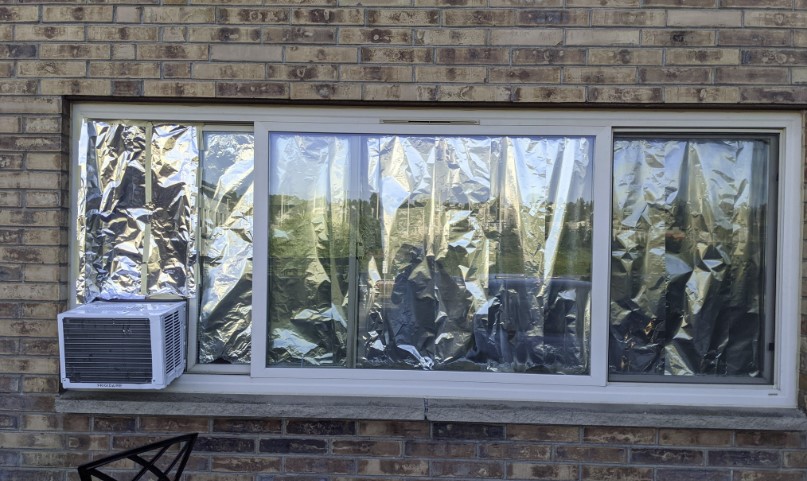
If you do not have aluminum, you can use the following alternatives;
- Bubble wrap
- Blockout roller
- External window shading
- Heat reducing window film
- Heat blocking window shades
All the methods above work well in regulating your home’s temperature. Therefore, your choice will depend on which one resonates with you best.
Contents
How does aluminum work?
According to energy.gov, 30% of the heat in our homes gets in through the windows.
Therefore, if you cover the outside of your house windows with aluminum foil, you are going to prevent a significant amount of heat from coming in.
What happens is the hot sunbeams will be reflected on the aluminum foil and end up bouncing back. This is because they will have hit a reflective surface.
However, some of the sunlight will be absorbed by aluminum foil which will pass it on to the window. Finally, when the window gets too hot, it will pass the heat into the house.
To prevent this or rather to loosen the heat impact, you can place a piece of cardboard between the aluminum foil and the window to help in absorbing extra heat.
Best alternatives to aluminum tin foil
The best alternatives to aluminum tin foil on windows are:
1. Heat blocking window shades
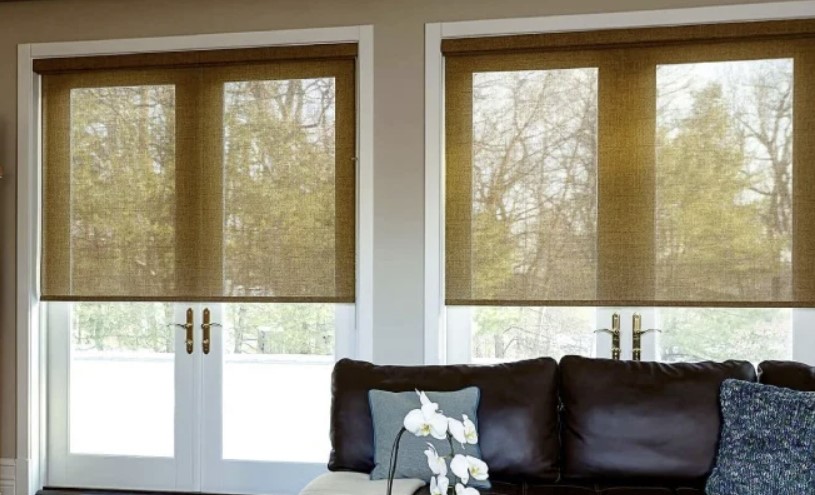
Although many do not know this, window shades do more than just cover windows. They also reflect sunlight.
As a result, you can tremendously reduce heat in your home by installing the right color and shape size of window shades.
Ideally, a white or equally bright color like beige will reflect sunlight well. However, if you feel like the color does not match the rest of the house’s aesthetic, consider hanging drapes over them.
As for the shape, opt for cellular or honeycomb since they tend to trap air very well. If you have a window air-con, you need to get a window seal of the right size.
For maximum results, install side tracks on your window shades so that they can stay as close as possible to the window and not fly around.
2. Bubble wrap
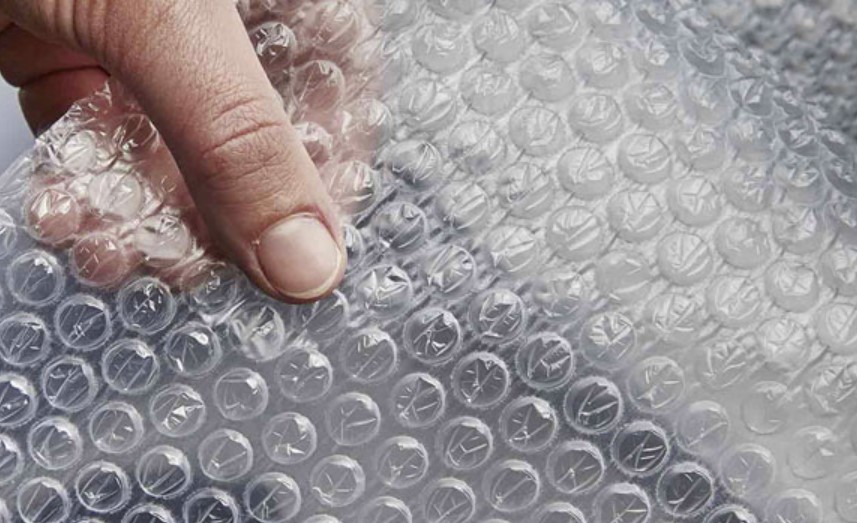
Bubble wrap is a relatively affordable and non-aesthetic way of reducing the heat and the cold in your house.
It works by creating a layer of insulated air between the window and the rest of the house. First, you need to ensure that the air cannot escape by securing it tightly around the window sill.
Also, consider putting several layers of bubble wrap for maximum effect. However, this method will not make a very drastic difference in your home temperature.
After some time, the air between the sheets of bubble wrap will get very hot to the point that the hot air starts transferring into your house.
3. Heat-reducing window film
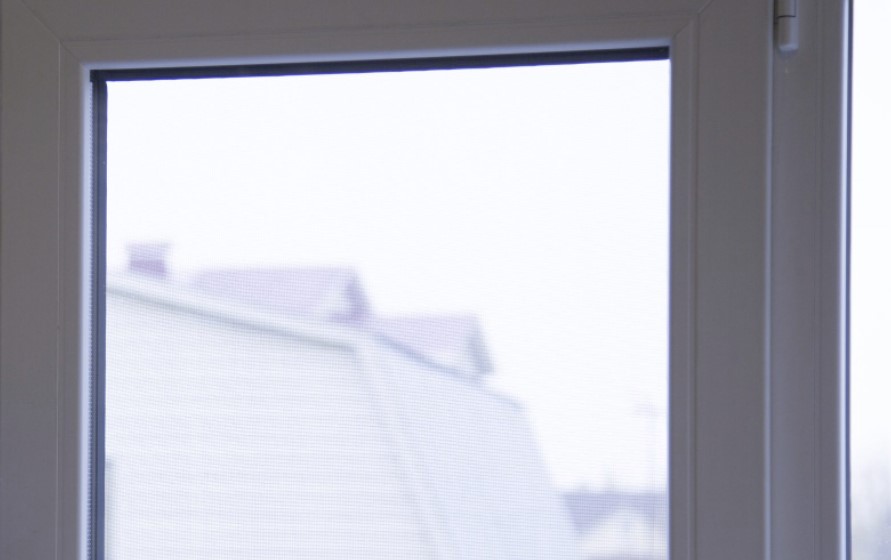
You can get a heat-reducing window film from the convenience store. Thankfully, it is a little aesthetic and also allows ample natural light.
It works like a combination of tin foil and bubble wrap. You will need to wrap the side of the window facing the inside of the house and the side facing outside with a generous coat of window film.
It works by reflecting the sun’s rays such that most of them do not penetrate the inside of the house.
The heat that does penetrate will be blocked by the second layer of window film on the opposite side. This method is also not very dependable and is only great as a temporary solution.
You can combine it with an efficient fan that cools like an ac for the best results.
4. Blockout roller
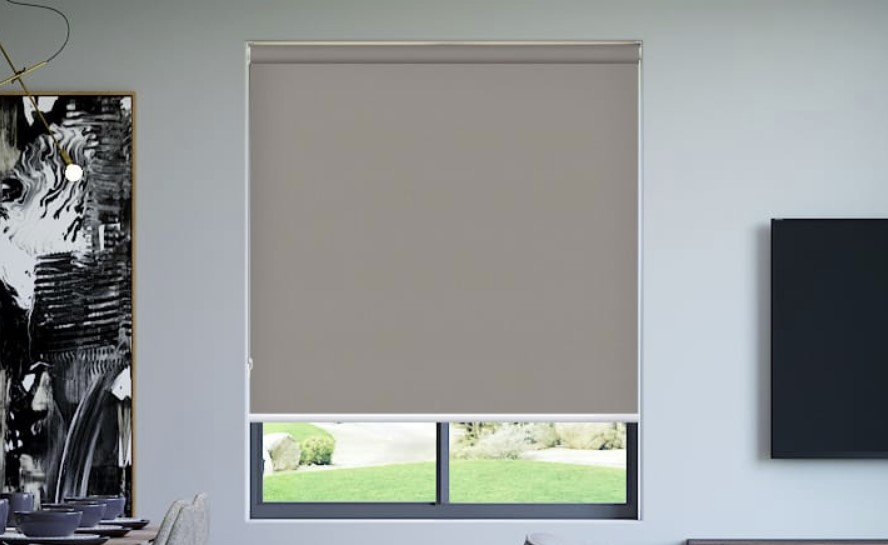
If you do not mind sacrificing natural light, consider installing blackout rollers on your windows. Since they were designed to block out light opaque light, no light will enter the house.
However, the aforementioned is precisely why they are excellent at acting as heat insulators. The opaque color will block all sunlight, reducing the amount of heat in a room.
Blockout rollers are great alternatives to tin foil on windows since they look great, are easy to install, and can be reused.
5. Exterior solar shades
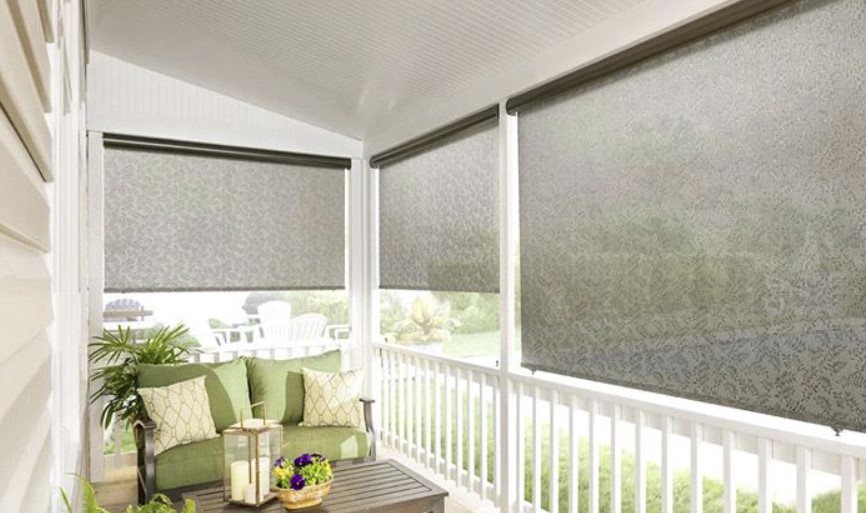
One-way heat enters your house through patio windows and doors. So in order to stop this, you can install solar shades.
Not only are they easy to install, but also they look aesthetically pleasing. Depending on the design, you can get ones that block out all the light or the ones that only block away part of the light.
6. Replace your windows
Contrary to popular belief, replacing windows is relatively affordable, and it can contribute a whole more to reducing the eat in your house.
So consider this option, especially if you have old-fashioned windows. Modern windows’ components are designed to ensure outside heat or cold does not affect you as much.
If you have a tight budget, consider going for double-glazed windows.
However, if you can spare a little more money, opt for triple-glazed windows as they reduce heat loss or gain by 30% compared to standard windows.
You can use any of the alternatives listed above to boost the window’s performance as the results will be more significant.
7. Plant trees, flowers, or shrubs
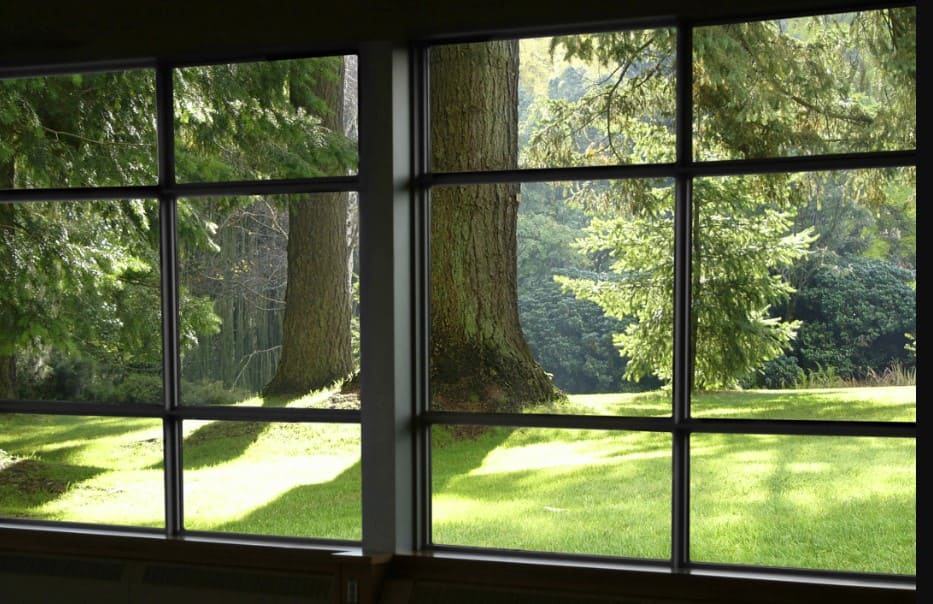
Trees and shrubs do a great job of blocking sun rays. Therefore, you can resort to planting them outside your windows to minimize the impact of the sunlight.
They will also make your space smell fresh as one of their functions is purifying the air.
The only problem is that plants can damage the foundation of your house if they are too close. Ensure they are far enough and that you have planted a species that does not have long and strong roots.
With these alternatives to tin foil on windows, you should now be able to keep your house cool during the hot summer months. You’ll also reduce heating costs in the process.
